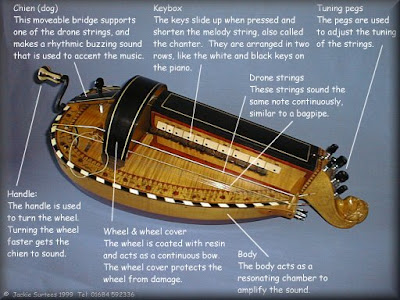Welcome, Sibelle.
Thanks, Anna. Great to be here.
In 1615,author Gervase Markham published a book, The English Housewife, Containing the inward and outward virtues which ought to be in a complete woman; as her skill in physic, cookery, banqueting- stuff, distillation perfumes, wool, hemp, flax, dairies, brewing, baking, and all other things belonging to a household.
Just reading the title is exhausting, and when you consider what the expectations were for a woman living in the seventeenth century, it might make you want to take a nap.
 |
| "Fabulous" colonial era gown |
 |
| Colonial home interior, Jamestown, Virginia |
She needed to maintain her “proportion” by controlling her appetite somewhere between gluttony and the appearance of a consumptive. In other words, she shouldn’t be too fat, or too thin. Apparently, some things never change. If she can grow her own food, instead of purchasing food at the market, even better. Thrifty and skinny, what a woman!
 |
| Everyday garb |
An English housewife must be of chaste thought, stout courage, patient, untired, watchful, diligent, witty, pleasant, constant in friendship, full of good neighbourhood, wise in discourse, but not to frequent therein, sharp and quick of speech, but not bitter or talkative, secret in her affairs, comfortable in her counsels, and generally skillful in all worthy knowledge which do belong to her vocation.
It’s probably good there wasn’t on-line dating back then. I can’t imagine too many women responding to a profile that offered that as the description of the perfect mate. Strangely enough, there wasn’t any such description of the perfect husband.
While I consider Catlin Glyndwr, the heroine of my book, Whistle Down the Wind to possess many virtues, even she’s not the paragon the housewife book describes. After all, who wants to read about the perfect woman? Catlin possesses a kind heart, is willing to help others, is courageous, witty and sometimes wise. But, she makes mistakes, misjudges circumstances and is just beginning to learn to control magical powers. It’s even harder to be perfect when you’re a witch.
Blurb: "Whistle Down the Wind"
Arrested for using her magical powers to protect herself, Catlin Glyndwr faces the hangman’s noose. Descended from a long line of elemental witches, she can control the wind and weather. But the worst thing that can happen in 1664 England is to be charged with practicing of witchcraft. Especially when the accusation is true.
Sir Griffin Reynolds is visiting his closest childhood friend before embarking on a secret mission for King Charles II to the New World. When his friend becomes deathly ill while interrogating a beautiful woman accused of witchcraft, Griffin accepts her offer of help. In exchange for her freedom, she’ll heal his friend.
Griffin and Catlin embark on a journey to Virginia to save the colony. They succumb to the temptation of a white hot passion that blazes between them. But a Dark Druid stalks Catlin, and if he can’t possess her and her magic -- no man will. .
Buy Links: Amazon.com
Smashwords.com
Barnes & Noble
Sibelle Stone is the pseudonym for award winning historical romance author Deborah Schneider. Sibelle writes sexy steampunk and paranormal stories, filled with magic, mad scientists, dirigibles, automatons, and creatures that would scare the panties off Deborah. In her spare time Sibelle enjoys dressing up in Victorian ensembles, modding play guns into something that looks a bit more sinister and wearing hats.
Thank you Sibelle. I've read and enjoyed your book, Whistle Down the Wind.
If you enjoy history, Sibelle and I are collaborators on another blog devoted to historical fiction, History Ink.


















